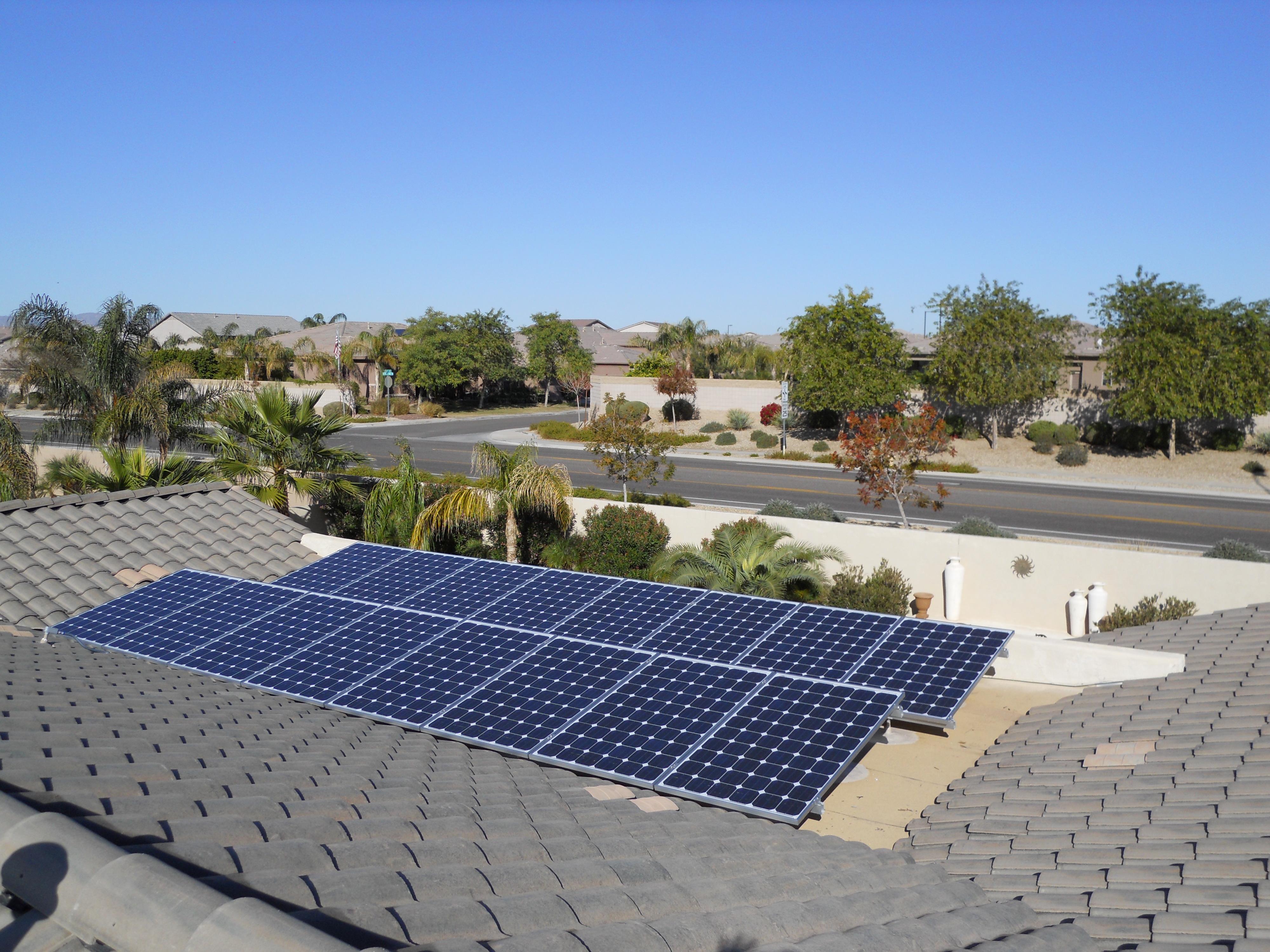Washington State Clean Energy Leader Governor Inslee
01/29/2013 Leave a comment
Governor Jay Inslee spoke at the Washington Clean Technology Alliance conference on Clean Energy. Jan 28, 2013:
To hear his remarks go to http://americansecurityproject.org/blog/2013/gov-inslee-speech-at-clean-energy-conference-in-seattle/
The following is a condensed, approximate transcript of what he said.
“This is the season. Clean energy technologies are becoming mature. Last Saturday I went to the launch of world’s largest long liner fishing ship; it is 20% more efficient than other ships like it. It is made by welders, machinists, and carpenters, and it is in the water today. Everywhere I look in Washington State, there is work in green technology. Dave Curry in Spokane has a new way to store energy in batteries. In Marysville they are making new tougher solar panels. We have a maturation of these innovations. This is a time to speak up about the successes.
A superstorm targeted the media center of the world. It demands attention. There have been terrible fires in the Cascades, and oyster growers have had to move part of their operations to Hawaii. The public is ready, poised and ready.
My election is a mandate, and now we have a partner in Washington DC.
The military is committed to move ahead. They are developing net zero training bases. A jet flew over sound barrier on biofuel; they call it the green hornet.
We do not have any other choice. The Chinese are not waiting for us. Germans and Portuguese are not waiting for us. This is an opportunity, not an entitlement. Time demands that we move.
We have a period of opportunity. We are going to push the envelope, here in Washington. We did that in commercial aircrafts and we led the world. We did it in software and we led the world. Now is the time to lead the way in clean energy.
Policy is important in pushing the envelope. Here is what we are going to do in the State of WA.
First, incentivize small but meaningful ways to generate capital with tradable R& D tax credits which can be traded to help people start their own business even before get revenue. A couple of other states, including New Jersey, have tried this and it has succeeded.
Businesses need to get started; waiting for permits is not good. Time is money, we need to streamline the permit system.
We have 600 students waiting to get into engineering school. We need their skills. So we will build an educational system that prepares people to work in high tech so when need computational scientists, we can get them. We need to build an outstanding educational system, and invest more in public research institutions.
Products need to move, so we need to increase freight mobility and at the same time reduce carbon pollution throughout the system in all modalities. We will expand incentives for renewable energy, and build a transportation system designed to reduce carbon intensity across Washington State.
I want everyone here to help me. It is time.”
